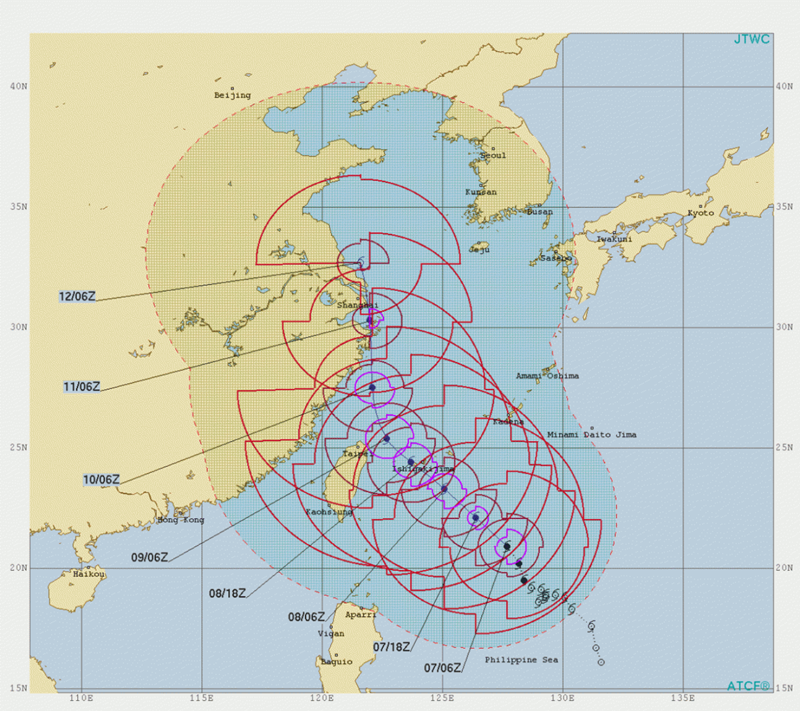Considering numerous variables, tropical cyclones (TCs) are rarely alike. While TCs are rated for their wind speed, it is important to consider the relationship between the storm's size and overall intensity. This alone implies that it is critical to reexamine the relationship between TC size and intensity from an individual storm perspective.
Guanghua CHEN, Professor with the Key Laboratory of Cloud-Precipitation Physics and Severe Storms at the Institute of Atmospheric Physics of the Chinese Academy of Sciences led a research group that discovered a new perspective of the TC size-intensity relationship. Their findings, published in
Advances in Atmospheric Sciences, highlights the physical mechanisms underlying coordinated changes within TCs.
Size and intensity metrics are critical to depict TC wind field structure at low levels. Likewise, they are important for operational meteorologists to issue wind destruction warnings. However, the relationship between size and intensity remains complicated. Observed size differences between two TCs with the same intensity can vary hundreds to thousands of kilometers. Also, a single TC may also exhibit significant size differences at its distinct life stages.
"Scientists have had many broad discussions about the relationship between TC size." said CHEN. "The traditional large-sample analysis mixing up all TC records concluded a weak correlation between size and intensity, which might obscure these variables' intrinsic relationship."
To investigate what causes the various intensity-relative expansions during the TC development stage, CHEN's team analyzed the TC best track dataset from the Joint Typhoon Warning Center. They classified the selected TCs into two groups with different degrees of size expansion relative to the same intensity increment.
"Size expansion with intensity indicates a strong positive correlation during the early development." Said CHEN. "The difference in the size expansion relative to the same intensity increment among TCs is a root reason for the overall weak correlation."
By comparing the differences between these two TC groups, researchers found that latitude and environmental vertical wind shear are the two primary influences that are responsible for variation in the size-intensity relationship.
The changing wind field coverage during the lifetime of Tropical Cyclone "Lekima" in 2019. (Credit: The Joint Typhoon Warning Center.)
"The changes in the wind field of TCs at low levels are attributed to the advection of absolute angular momentum." stated CHEN. "The angular momentum budget analysis suggests that higher latitude and stronger vertical wind shear are conducive to importing planetary and relative angular momentum, therefore augmenting the size expansion when TCs intensify."
Regarding future studies, CHEN remarked, "Statistical analysis based on observations fails to discuss the relative contribution of different factors. Our ongoing work conducts idealized numerical experiments to further exploration."
Chen, K. X., G. H. Chen, and D. L. Shi, 2022: Reexamination of the relationship between tropical cyclone size and intensity over the western North Pacific. Adv. Atmos. Sci., https://doi.org/10.1007/s00376-022-1450-6

